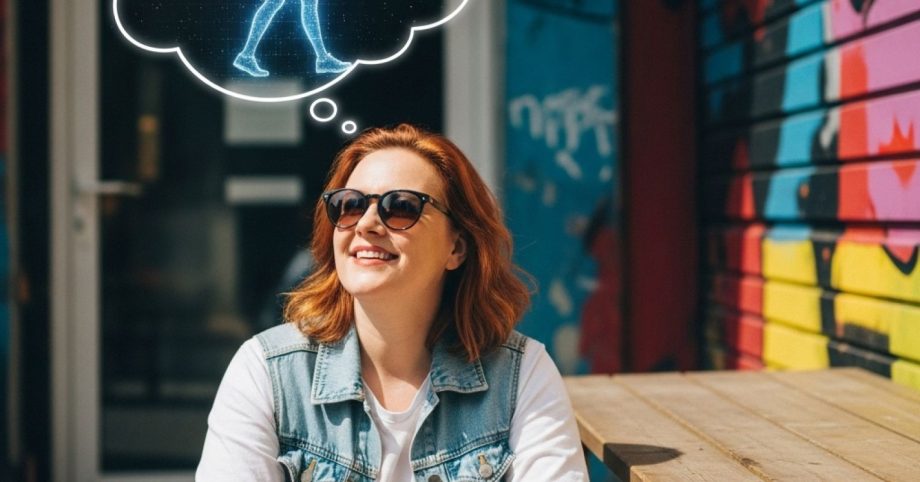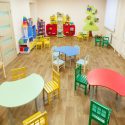Erin is a smart cookie. She manages complex projects for a living. She maps dependencies, anticipates risks, and can predict how a small change will ripple through a system.
Yet when it comes to her own life, her thinking feels fuzzy and reactive. She’s brilliant at analysis, just not when the subject is herself or topics like parenting, communication with her partner, or what type of balance she wants.
One day, a colleague mentioned digital twins. A digital twin is a virtual replica of a real-world system that mirrors its behavior. For example, a digital twin of a city could simulate how changing road layouts would affect traffic patterns.
Erin began to wonder if she had a digital twin of herself, how it would help her think more systematically about her life and her choices. She realized that just considering what a digital twin could help her test or notice was valuable itself.
Even if we don’t actually have one, imagining what we’d use a digital twin for can be enlightening, and produce insights that are valuable now.
Let me explain, using Erin as a hypothetical example. Try asking yourself these questions.
1. If You Had a Digital Twin, What Experiments Would You Most Like to Simulate?
Imagining the experiments you’d try first if you had a digital twin can clarify what matters most to you and where lack of data is limiting you.
Erin’s list looked like:






